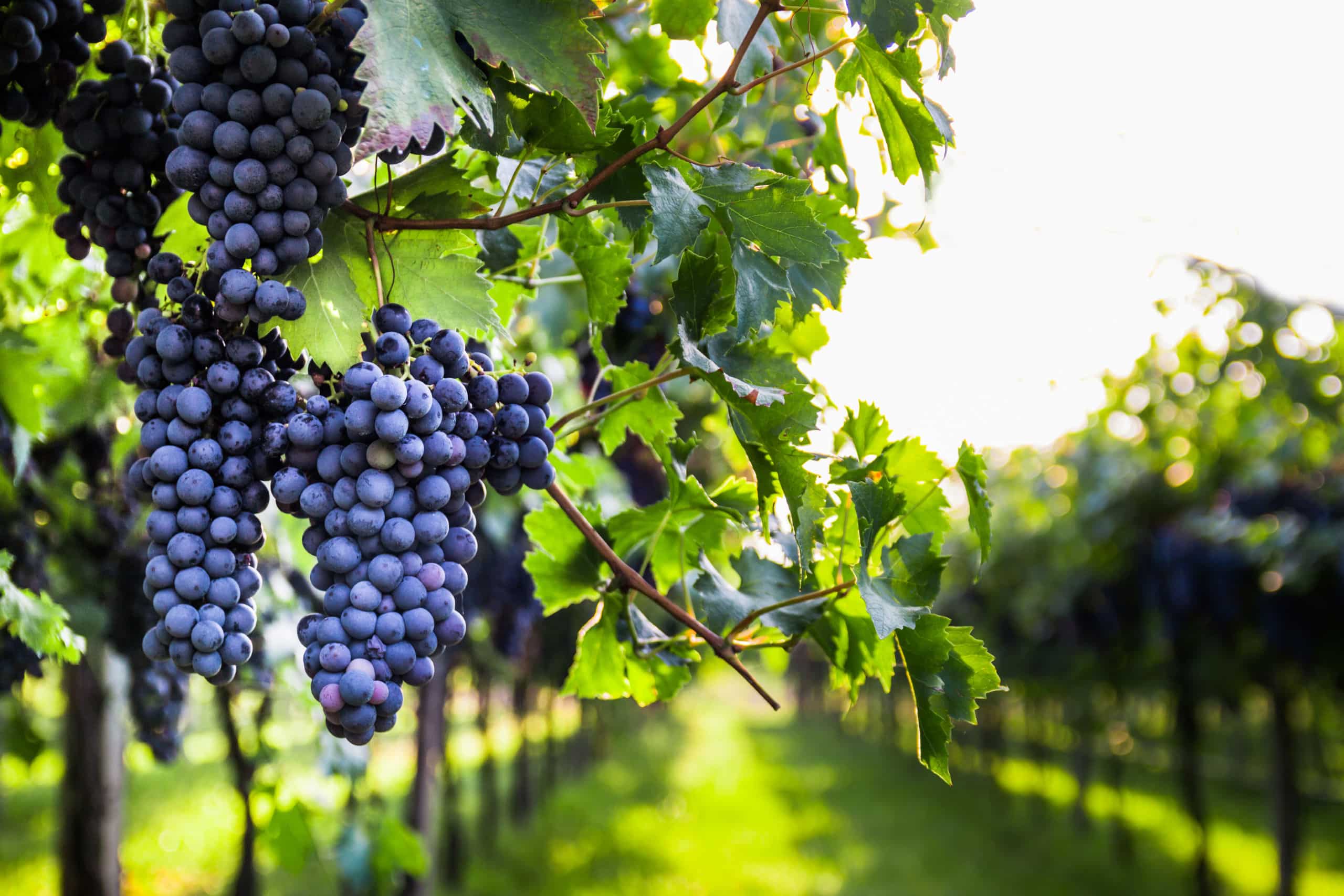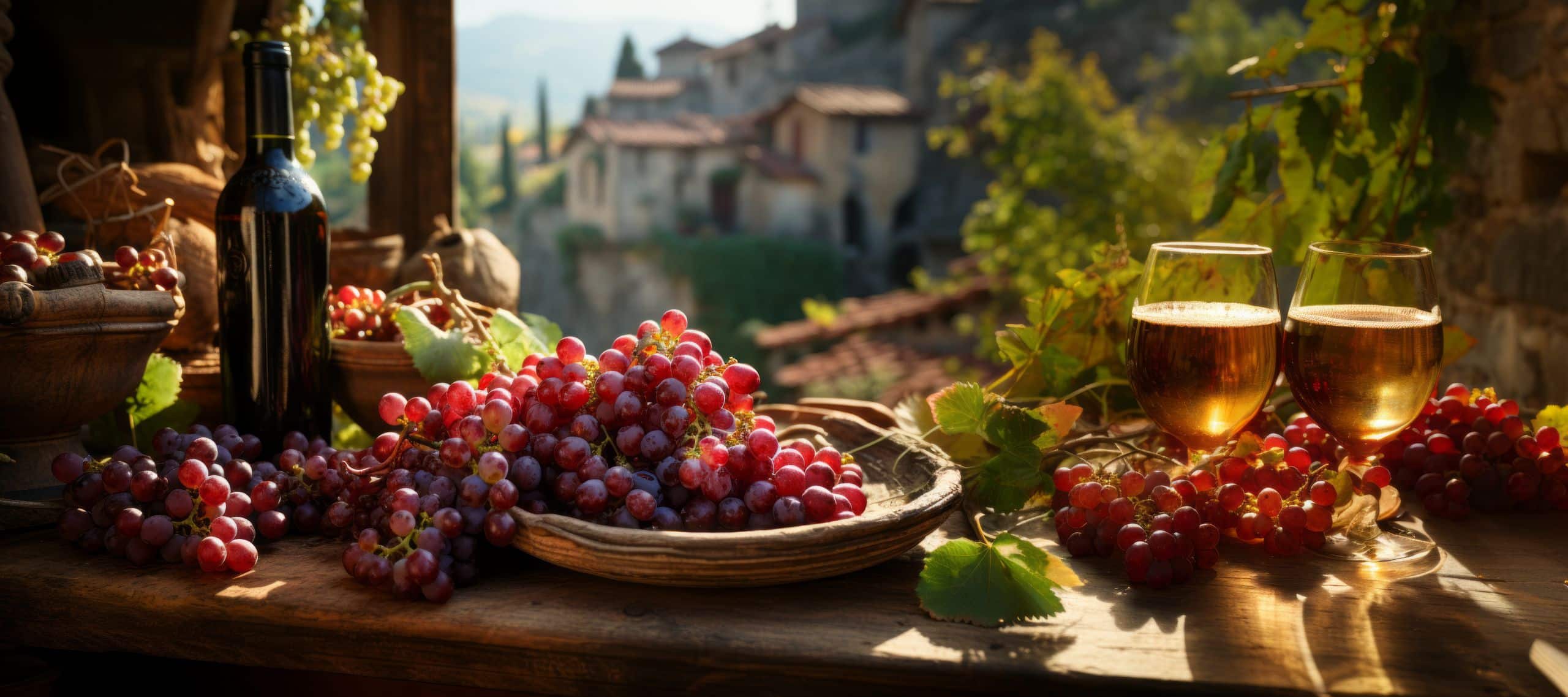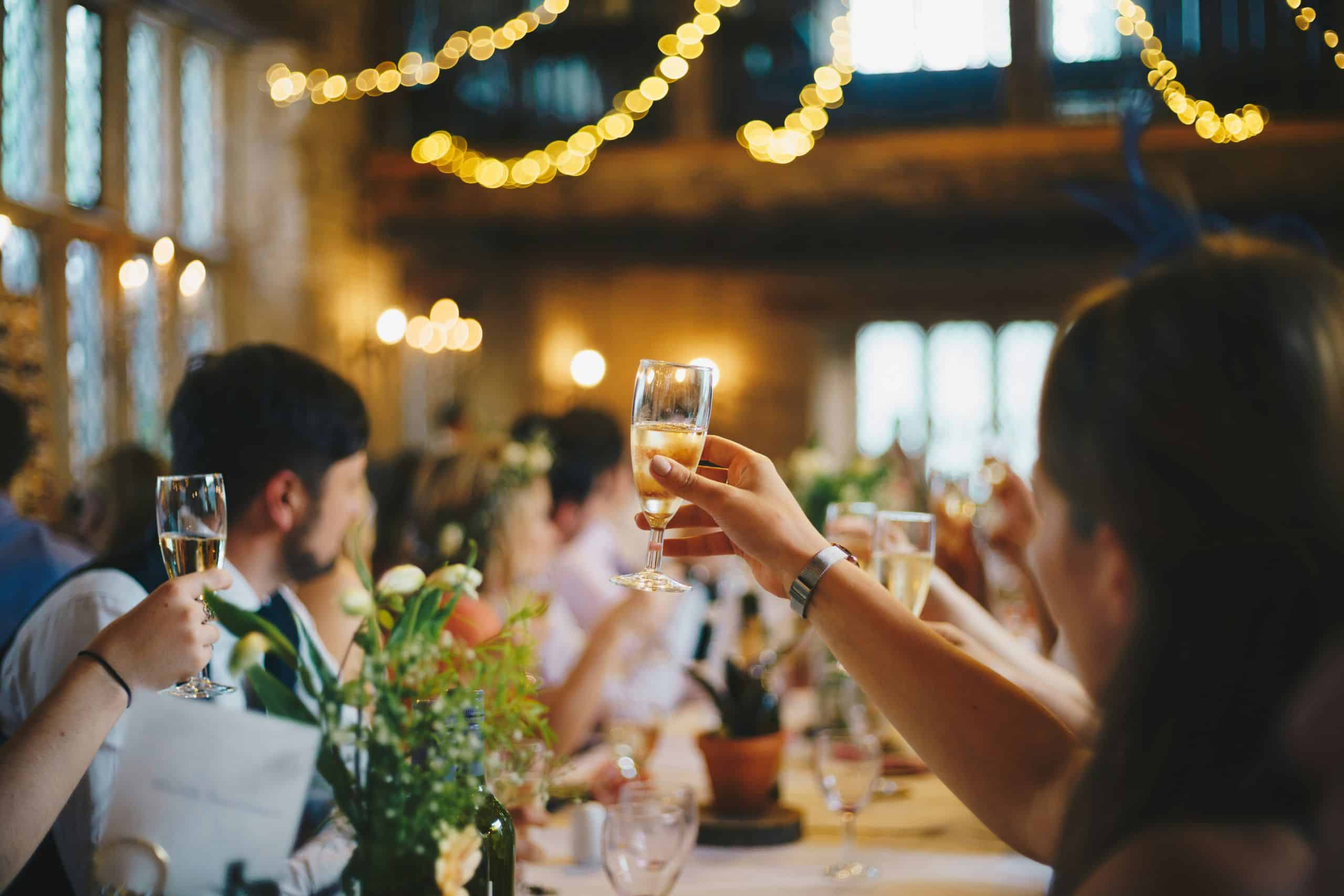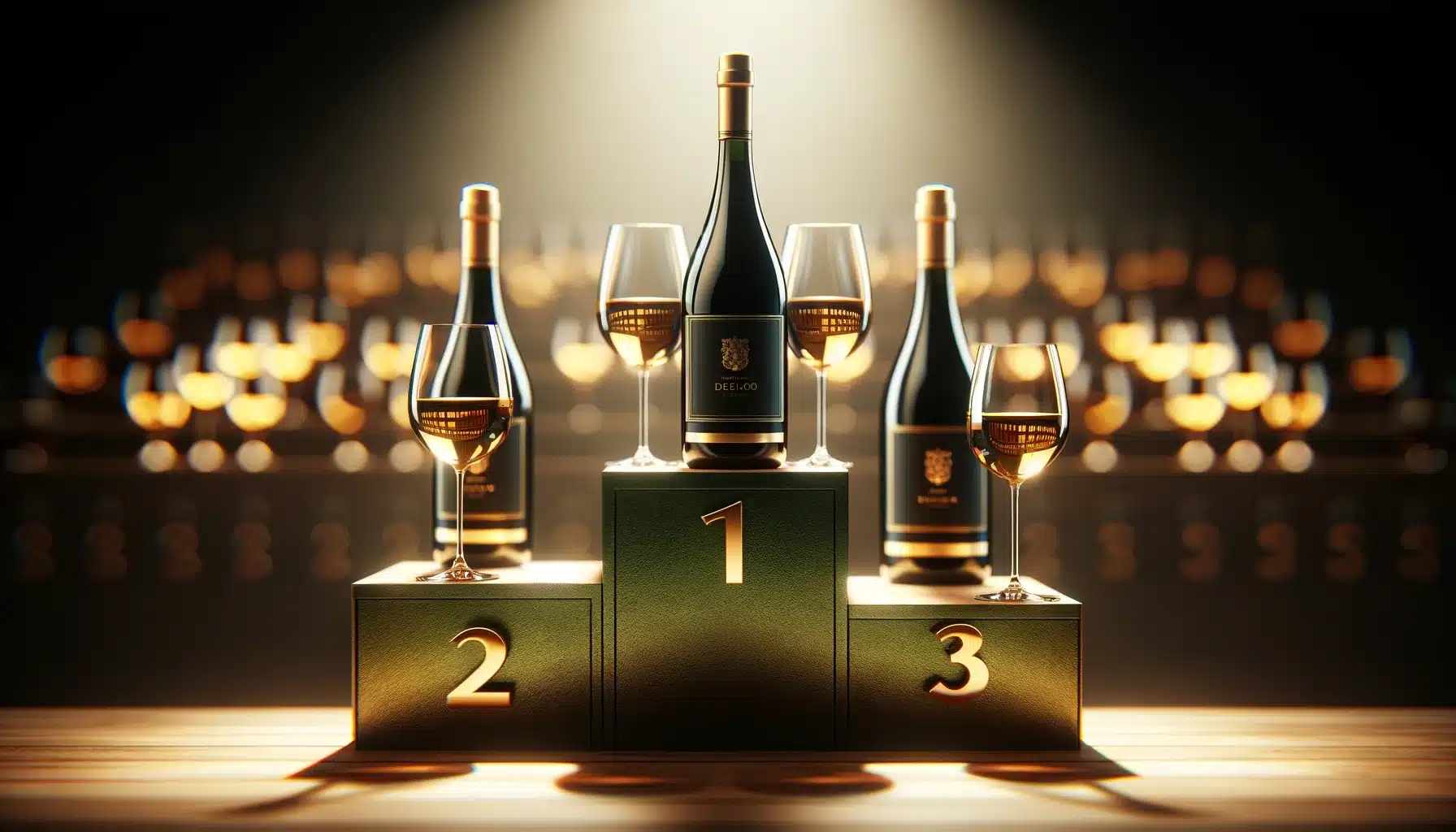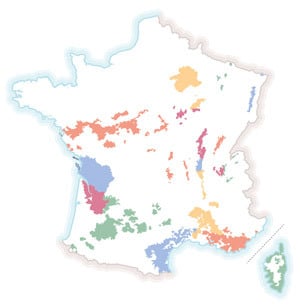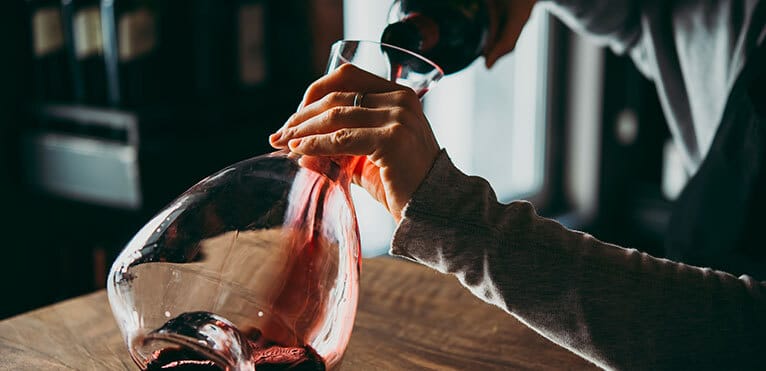
Contents
Whether decanting an old wine or aerating a young one, the use of a decanter is often essential to bring out a wine’s full potential. A decanter is an essential part of any good wine-lover’s life, but even the most expert wine-lovers have several models to choose from, depending on the wines to be tasted.
A decanter to suit the age of the wine
For young wines and vins natures, it is often essential to aerate them to soften their tannins and allow them to reveal all their aromas. By introducing more oxygen into the wine by increasing the surface area in contact with the ambient air, the decanter helps open up young wines and evacuate the gas often more present in “natural” wines. The decanters to be used for these wines are therefore “classic” decanters with a very wide base and a flared neck. Aeration time must be carefully monitored, depending on the wines being tasted – there’s no going back!
For older wines, decanting does not serve the same purpose. This time, we try to decant them, i.e. filter them of their impurities. Wine is left to rest in a decanter so that the deposits accumulated in the bottle settle to the bottom of the decanter. If an old wine is too much in contact with the air, it risks being spoiled by excessive oxygenation, which will destroy its tannins and aromas. Here, therefore, we opt for a “duck” decanter. This decanter is narrower, and is usually stoppered to limit oxygen contact with the wine.
Decanters for whites, champagnes… and spirits
This must be the first time you’ve heard of a white wine decanter. For young, full-bodied white wines, such as the great white wines of Burgundy, decanting eliminates residual unpleasant odors such as sulfur. White wine decanters are generally designed to fit into an ice bucket, or feature a reservoir for ice cubes.
Even more surprising, a decanter for champagnes. Most amateurs and professionals alike condemn the use of a decanter for champagne, as it too quickly damages the bubbles that give champagne its charm. However, fine decanters with corks are available to aerate champagne while keeping it cool and preserving its bubbles. Some young champagnes do well to liberate their aromas and release their oxidative character.
A decanter for spirits. That’s surprising. In fact, decanters for spirits are used almost exclusively for aesthetic purposes. Whisky is often served in chased crystal decanters. However, leaving a spirit in a decanter for too long can impair its taste qualities.
Glass or crystal decanter?
The material of a decanter has little influence on the aromas of a wine, and plays more of an aesthetic role. A crystal decanter looks great at the table, but it’s not recommended if you’re clumsy…
